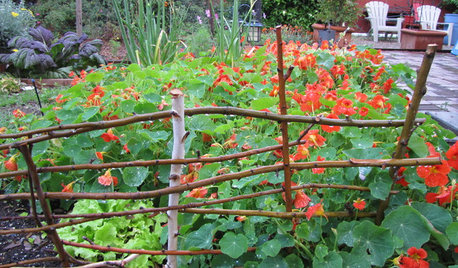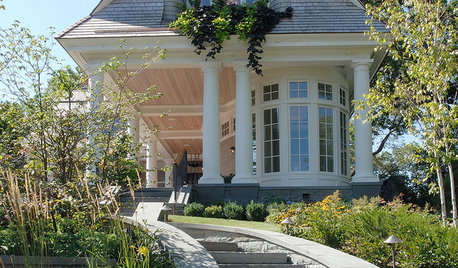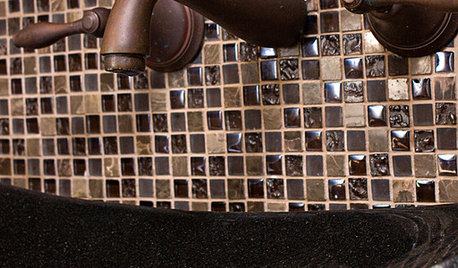Visually Appealing Green Manures
taylorjonl Taylor
10 years ago
Related Stories

GARDENING GUIDESThe Poop Scoop: Enrich Your Soil With Good Old Manure
Get over the ick factor already — this natural super-ingredient for soil has so many benefits, you'll wonder why you ever went chemical
Full Story
GARDENING GUIDES6 Gift-Giving Gardens for Delights Beyond the Visual
Grow your own natural dyes, snip herbs for home brews and more ... these creative gardens have benefits beyond beauty alone
Full Story
EXTERIORS17 Ways to Increase Your Home's Curb Appeal
The word on the street? Homes with appealing front views can sell faster, lift moods and convey a warm welcome
Full Story
EXTERIORSCurb Appeal Feeling a Little Off? Some Questions to Consider
Color, scale, proportion, trim ... 14 things to think about if your exterior is bugging you
Full Story
FEEL-GOOD HOME9 Ways to Boost Your Home’s Appeal for Less Than $75
Whether you’re selling your home or just looking to freshen it up, check out these inexpensive ways to transform it
Full Story
EXTERIORSCurb Appeal Begs Your Attention
Attending to the details of your home's exterior will reap ample rewards in both allure and resale value
Full Story
FEEL-GOOD HOMEDesigning for Pleasure: Appeal to the Senses at Home
Homes that look, feel and smell good foster mental and physical well-being. Here's how to create sensory comfort in all kinds of rooms
Full Story
KITCHEN DESIGNBronze: Ancient Metal With Modern Appeal
Real or faux, bronze complements other materials in the mix
Full Story
HOMES AROUND THE WORLDHouzz Tour: Spacious 19th-Century Home With Modern Appeal in Ireland
This Georgian townhouse combines traditional style with modern glamour
Full Story
KITCHEN DESIGN12 Breakfast Bars With Coffee Shop Appeal
Give even a small kitchen a sociable vibe by inserting a stylish seating post
Full Story





Cornhusker007
taylorjonl TaylorOriginal Author
Related Professionals
Carson Landscape Architects & Landscape Designers · Americus Landscape Contractors · Framingham Landscape Contractors · Mercedes Landscape Contractors · Pleasant Prairie Landscape Contractors · San Benito Landscape Contractors · Snoqualmie Landscape Contractors · Stony Brook Landscape Contractors · Wareham Landscape Contractors · Lincoln Siding & Exteriors · Albuquerque Siding & Exteriors · San Jacinto Siding & Exteriors · Benicia Solar Energy Systems · Peabody Solar Energy Systems · Shelton Solar Energy Systemsleila hamaya
edlincoln